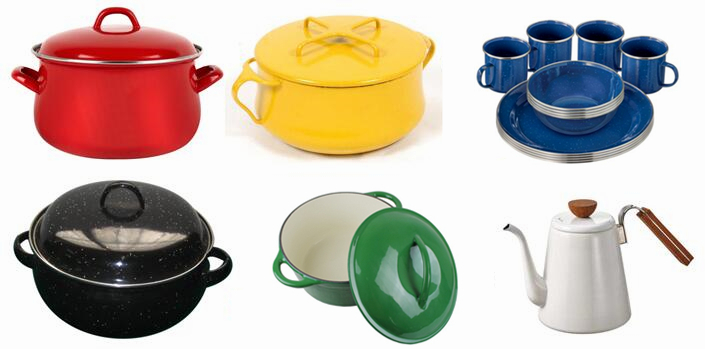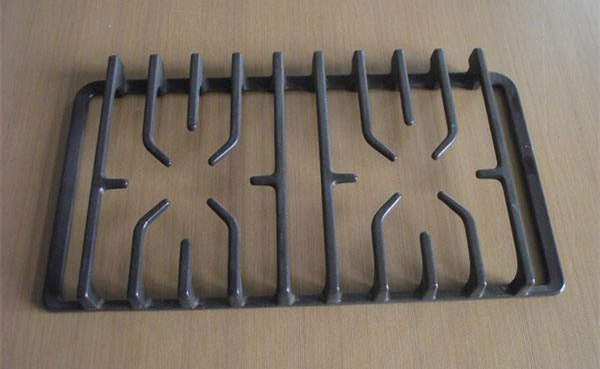Difference Between Steel and Cast Iron Enamel Frit
To talk about the difference between steel enamel frit and cast iron enamel frit, it can begin with the difference between steel and cast iron. We know that the main components of cast iron and steel are iron, but cast iron has a higher carbon content. The carbon content of gray iron used in enamel is generally 3% to 3.7%. For steel, especially low carbon cold rolled sheet, its carbon content is less than 0.12%. This means that cast iron contains more impurities, and it is easier to produce impurity gas like carbon dioxide, etc. when firing, which causes pinholes, bubbles or pores in the enamel surface. Therefore, for cast iron, it is necessary to meet the requirements of low-temperature firing, to let the gas discharged easily, and improve elasticity.
(Steel enamel cookware)

In the design of enamel frit formula, there is a clear difference between steel enamel frit and cast iron enamel frit. For example, the firing temperature of cast iron enamel frit is generally 760 to 780 degree, which is significantly lower than 850 degree high temperature of the steel plate ground coat enamel frit. On the other hand, the amount of borax, feldspar and other raw materials added in cast iron enamel frit is greater than that of steel enamel frit, in order to reduce the viscosity of ground coat and improve the infiltration to form fine pores and to accommodate the gas discharged from the substrate. In a word, the formula design of cast iron enamel frit is very different from the steel enamel frit, in order to meet the maximum demands of the corresponding material to be coated on enamel.
(Cast iron enamel grill)
